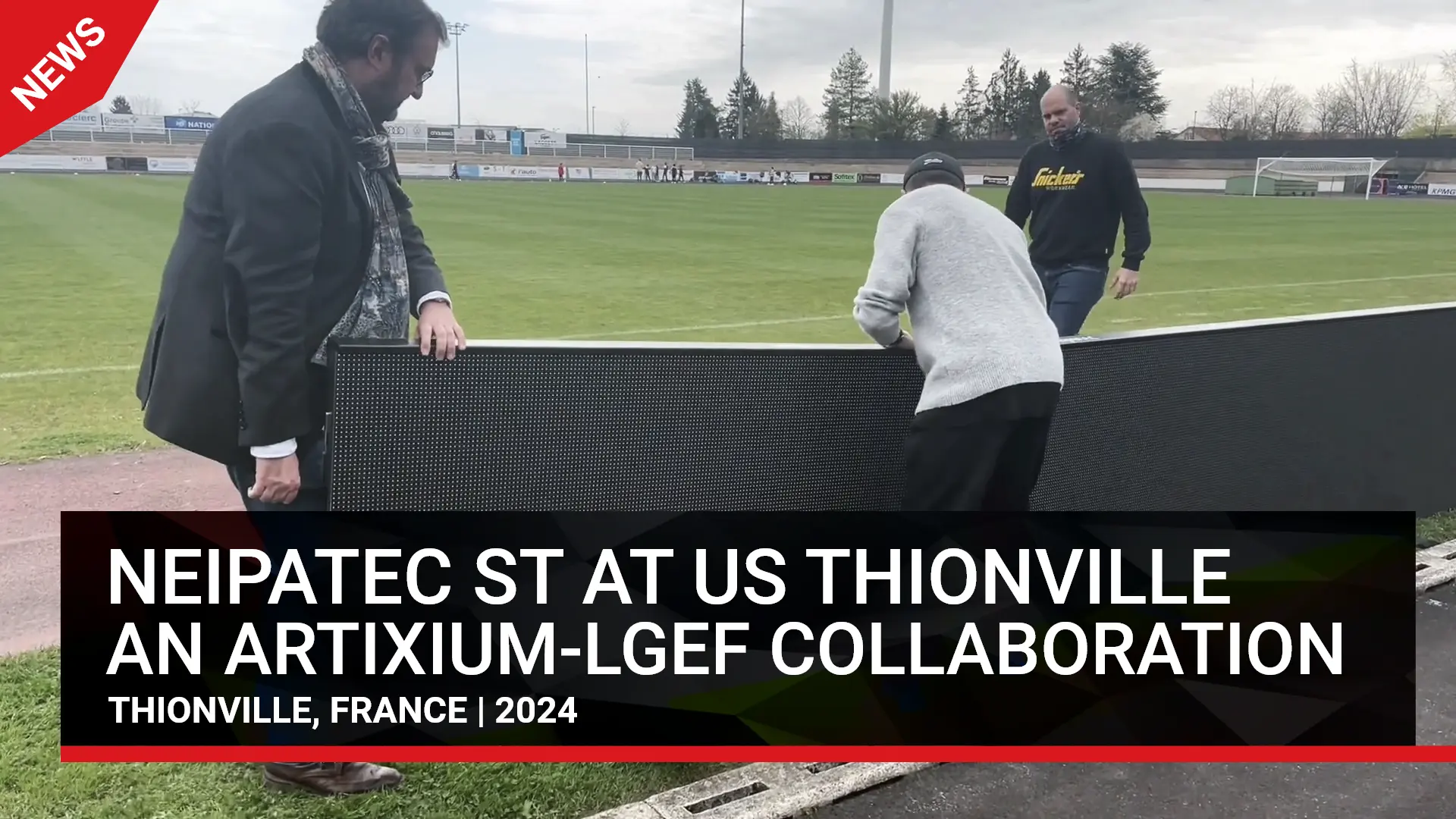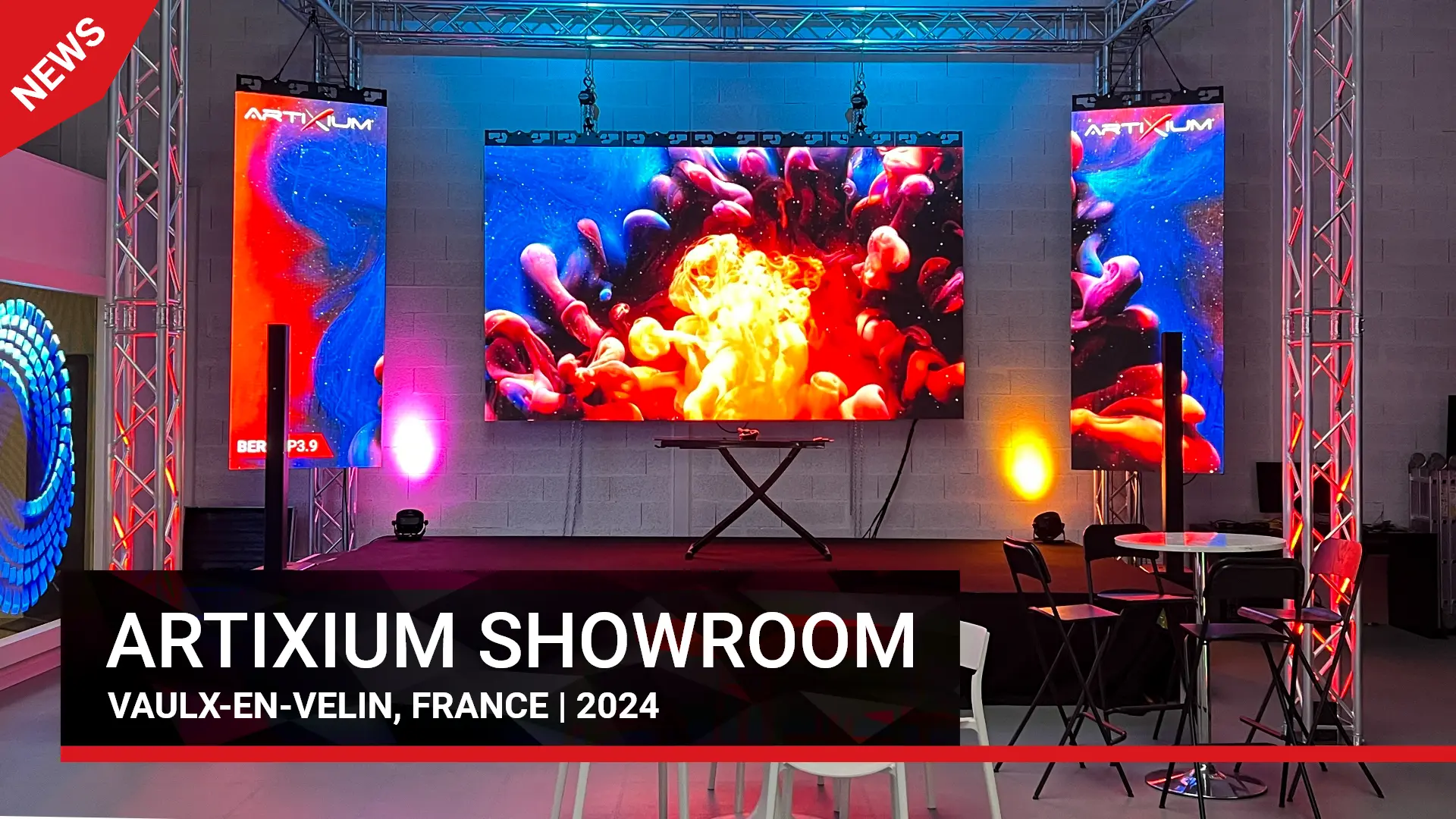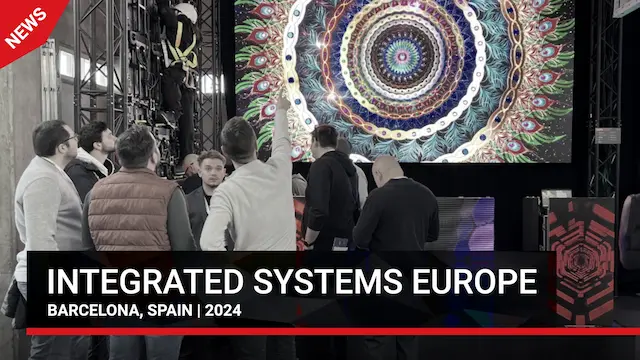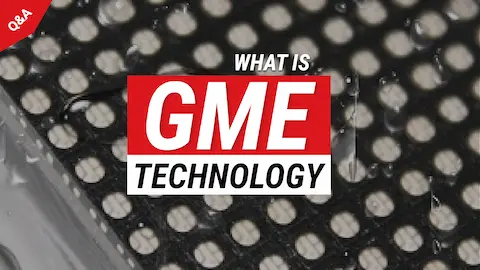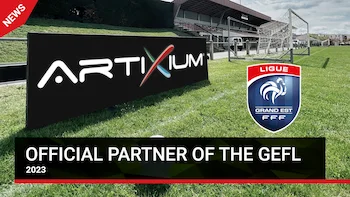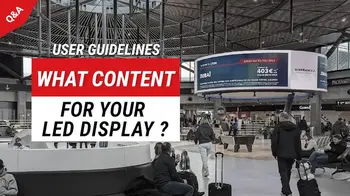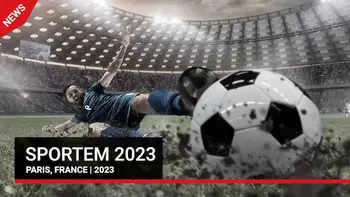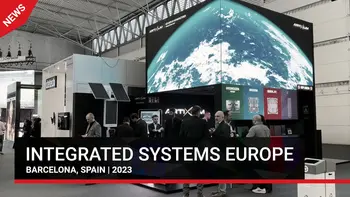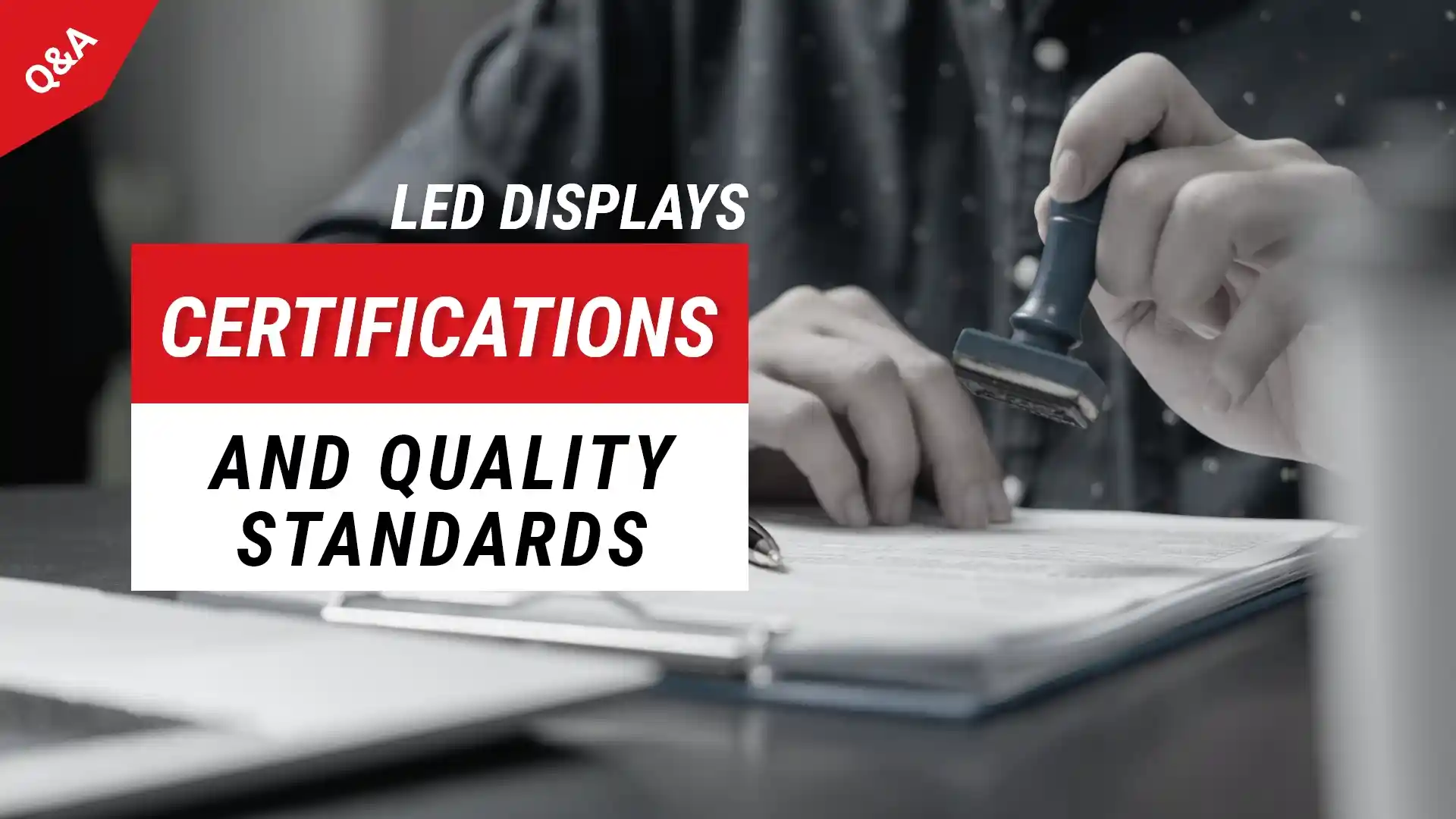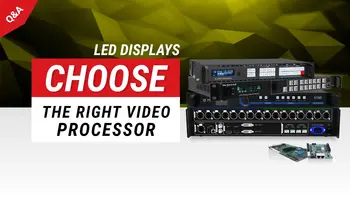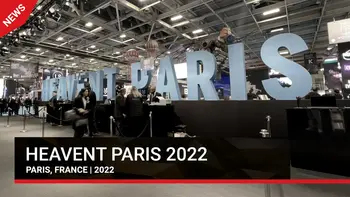Understanding IP Ratings for LED Displays
When choosing an LED display—whether for a concert stage, sports arena, or shopfront window—protection against the elements matters. The IP rating is a key indicator of how well your screen will hold up in dusty, rainy, or humid environments. But what exactly does “IP65” mean, and how do you know what level of protection you need?
Let’s break it down in just a few minutes.

What Is an IP Rating?
“IP” stands for Ingress Protection. This rating system, defined by the international standard IEC 60529, classifies how well a product resists intrusion from solid objects (like dust) and liquids (like water).
Each IP rating consists of two digits:
- The first digit (0–6) relates to solid particle protection
- The second digit (0–9) relates to liquid protection
For example:
IP65 means the product is completely dust-tight (6) and resistant to water jets from any direction (5).

How to Read an IP Code
| Digit |
First Digit - Solids |
Second Digit - Liquids |
| 0 |
No protection |
No protection |
| 1–2 |
Objects >50mm / >12mm |
Dripping water |
| 3–4 |
Tools / wires >2.5mm / >1mm |
Splashing / spraying water |
| 5 |
Dust-protected |
Low-pressure water jets |
| 6 |
Dust-tight |
Strong water jets |
| 7 |
— |
Temporary immersion (up to 1m) |
| 8 |
— |
Continuous immersion (beyond 1m) |
| 9K |
— |
High-pressure, high-temperature water jets |
Common IP Ratings for LED Displays
Different environments require different levels of protection. Here's what we typically recommend at Artixium:
- Indoor Displays (e.g. shopping malls, lobbies): IP20, IP30 – basic dust protection
- Semi-Outdoor / Covered Areas: IP44, IP54 – suitable for sheltered areas
- Outdoor Installation: IP65 front / IP54 back minimum – better: IP65 both sides
- Heavy Duty Environments: IP66 or IP67 – for harsh weather or industrial use

Why IP Ratings Matter for LED Displays
An inadequate IP rating can lead to:
- Water or dust infiltration
- Dead pixels or display failure
- Shortened product lifespan
- High maintenance and repair costs

How Are IP Ratings Tested?
Testing procedures include:
- Dust chambers with fine particles
- Water spray tests with varying pressure and angles
- Immersion tanks for IP67/IP68
- High-pressure washers for IP69K
All tests are done following IEC 60529 protocols.

Choosing the Right IP Rating: Quick Guide
Before selecting a screen, ask yourself:
- Is the LED screen installed indoors or outdoors?
- Will it face rain, snow, dust, or high humidity?
- Is it mounted in a fixed or rental structure?
- Do you require front or rear maintenance access?
- Is it exposed to cleaning equipment (e.g. pressure washers)?

FAQ: IP Ratings for LED Screens
Is IP68 always better than IP65?
Technically, yes—but it might be overkill. IP68 handles immersion, while IP65 handles rain and jets. Choose based on environment, not just numbers.
Do indoor screens need waterproofing?
No—most indoor displays don’t require high IP protection. But locations like kitchens, spas, or indoor pools might need better sealing.
Are rental LED panels different?
Yes. Rental panels need high IP ratings on the front (like IP65) and lower ones on the back (IP54) for cost and weight savings.
Conclusion
Understanding IP ratings isn’t just technical jargon—it’s a crucial step in making the right investment for your LED display. By choosing the appropriate IP rating for your environment, you protect your screen, your content, and your ROI.
If you’re unsure which protection level suits your project, the Artixium team is here to help. Our experts can guide you toward the most suitable solution—whether you're installing on a festival stage, a retail façade, or the rooftop of a football stadium.
Do you have an LED project?



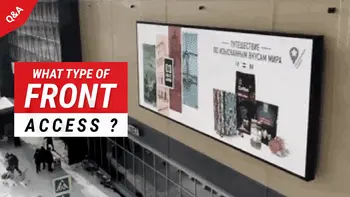
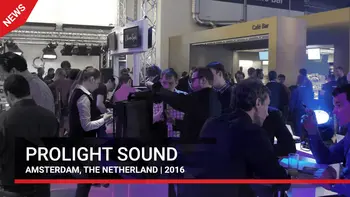
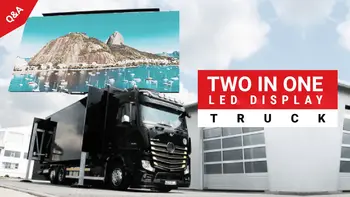
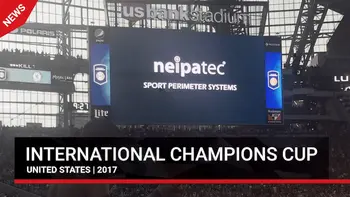
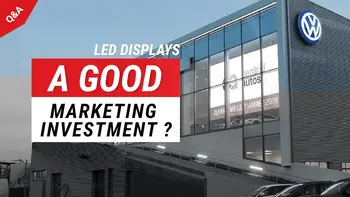
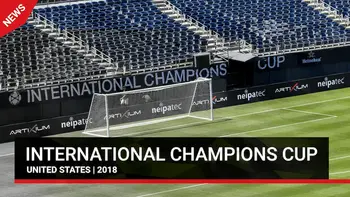

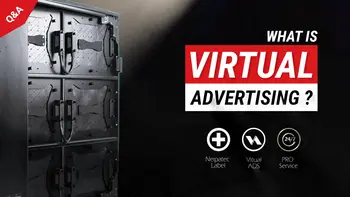


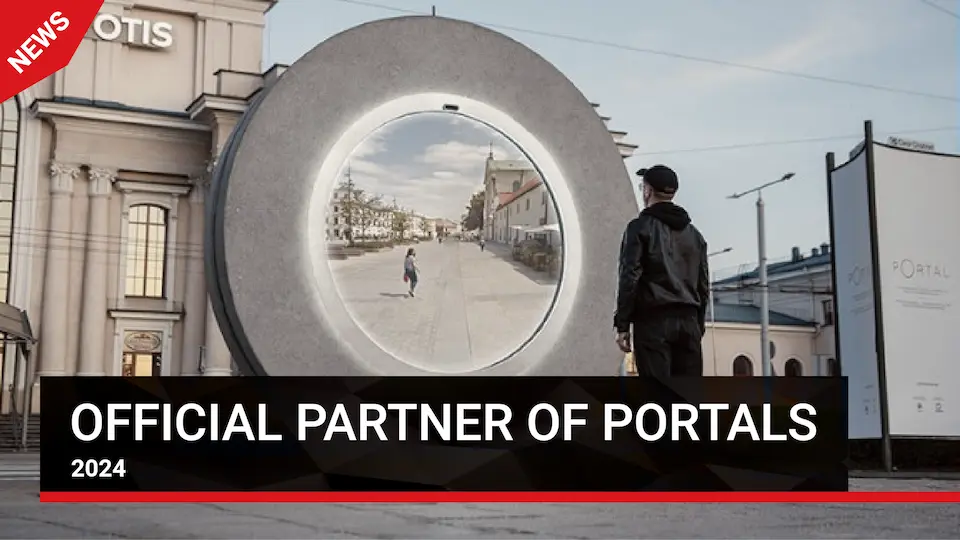

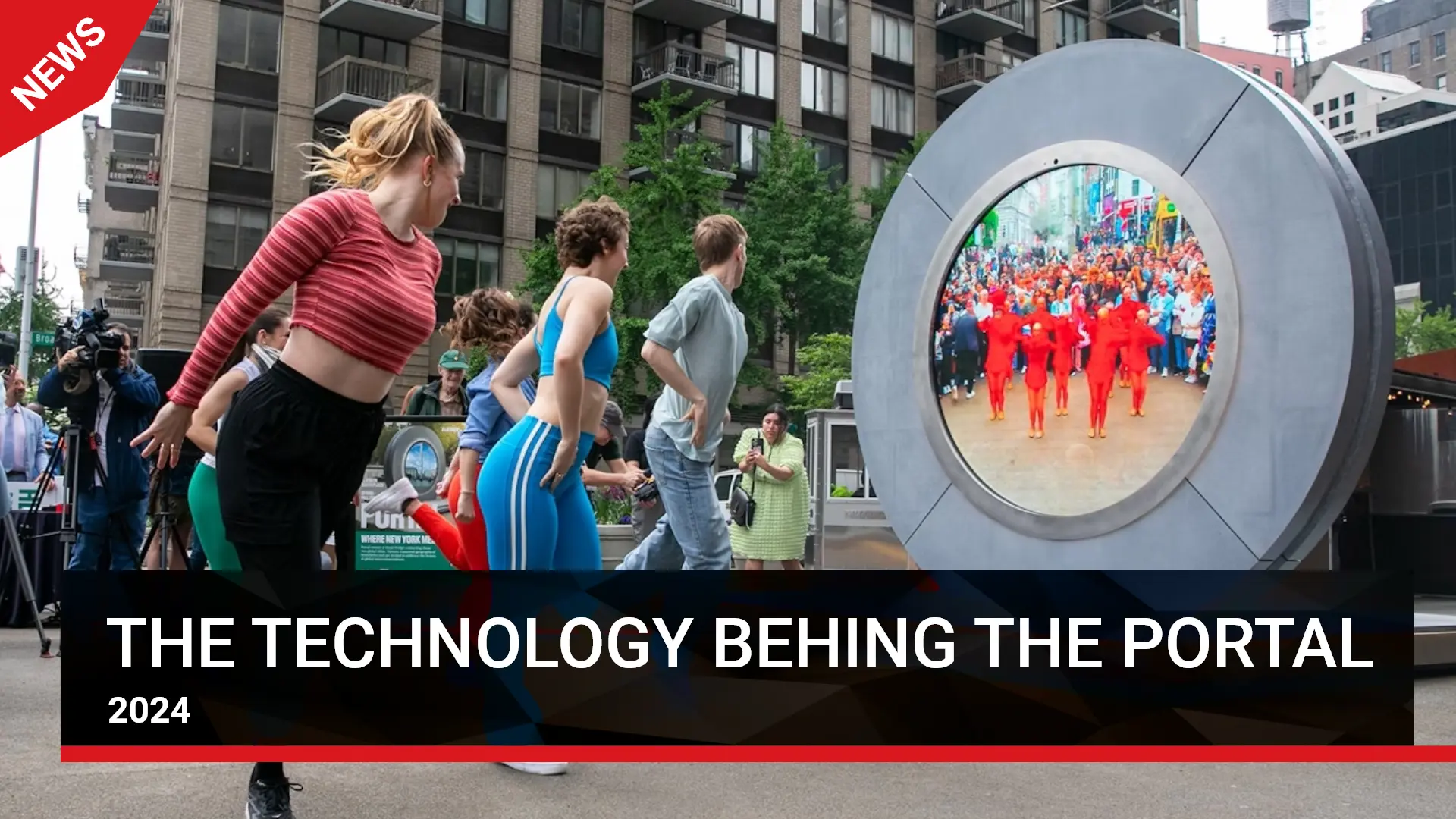
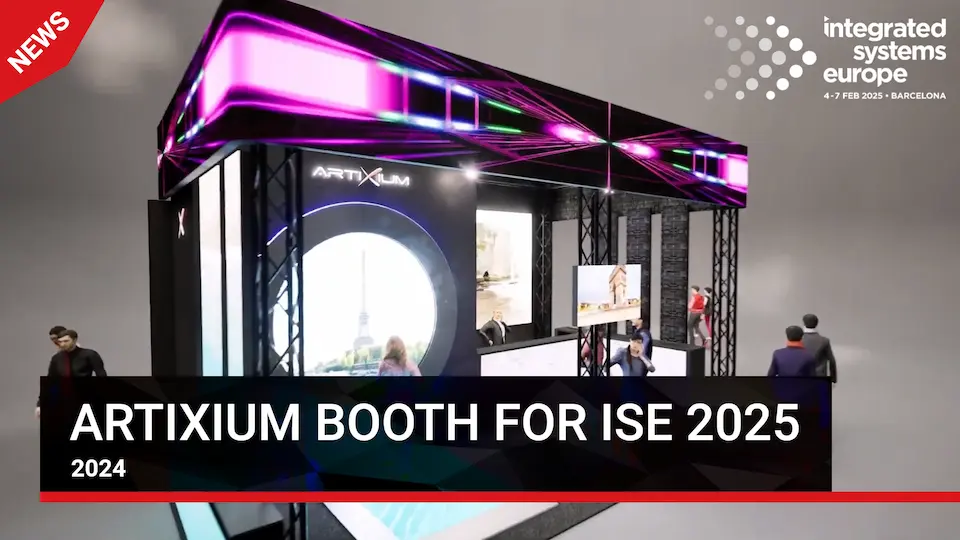

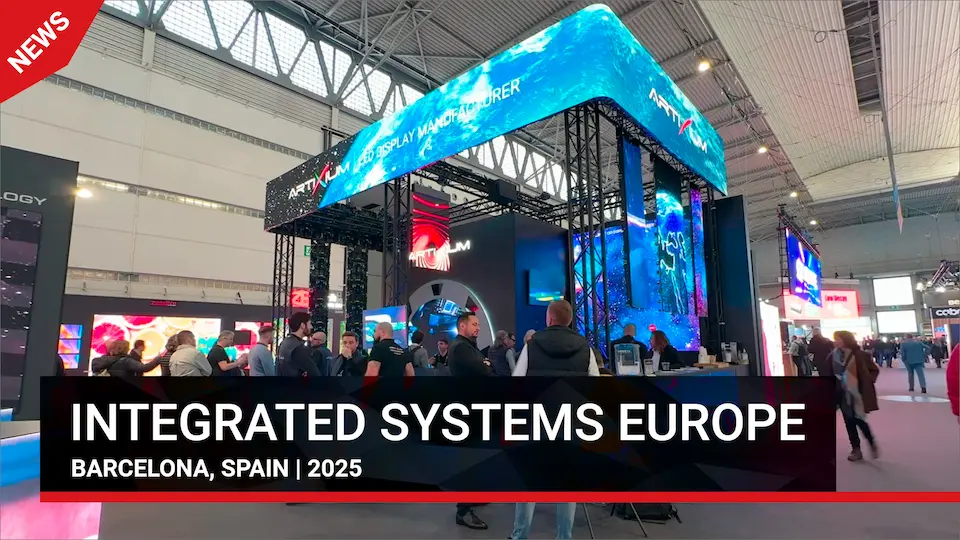
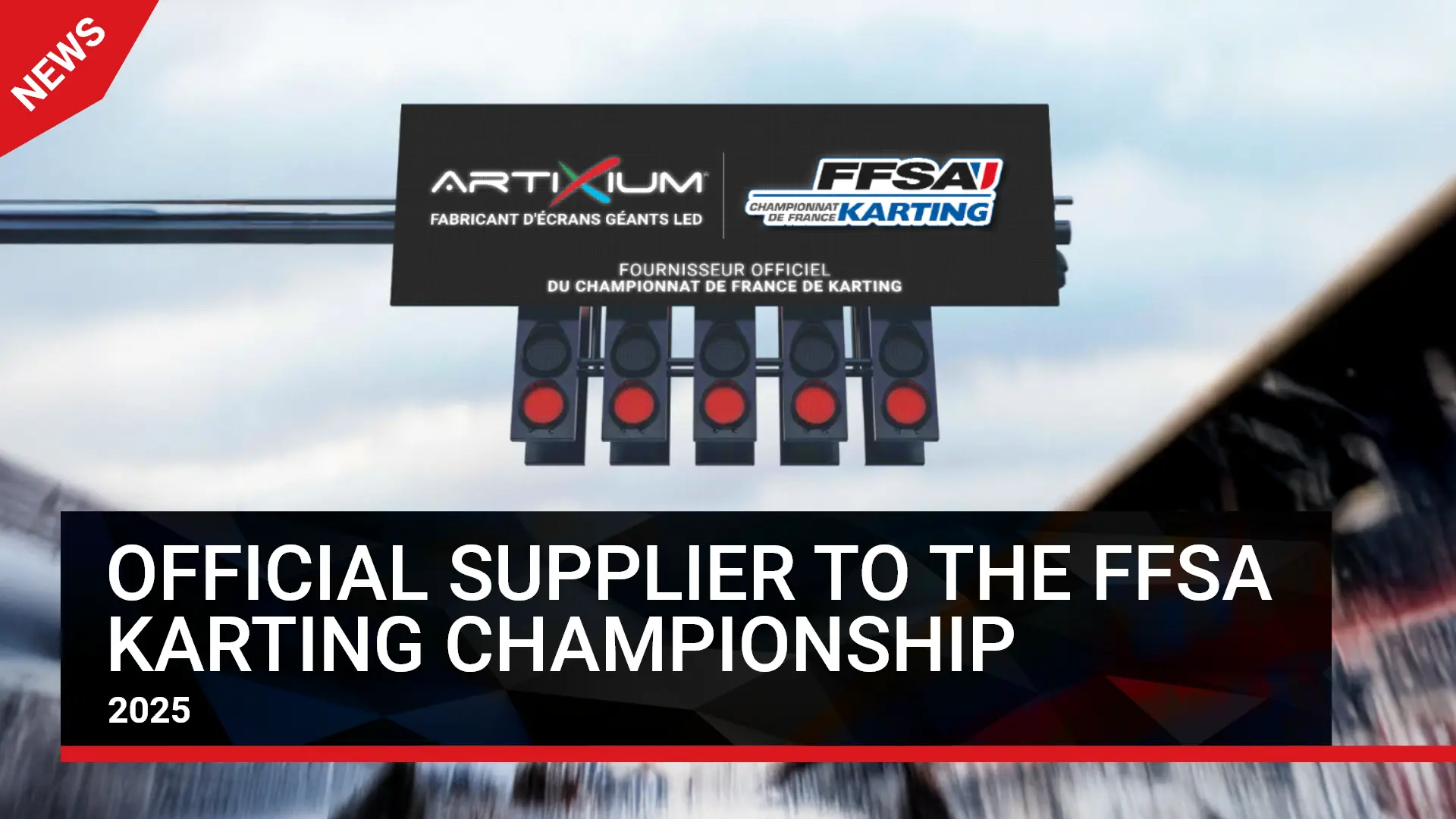
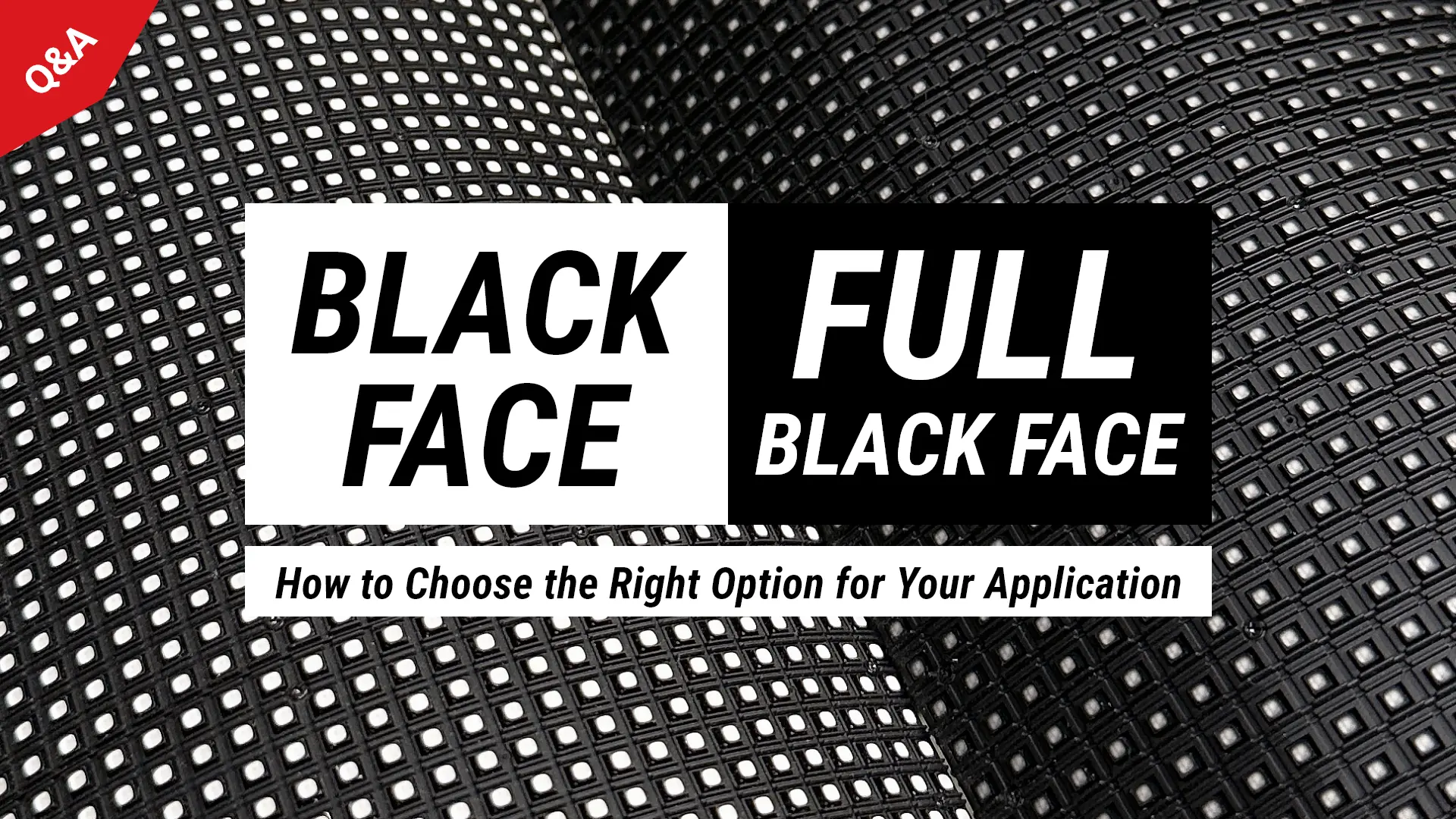
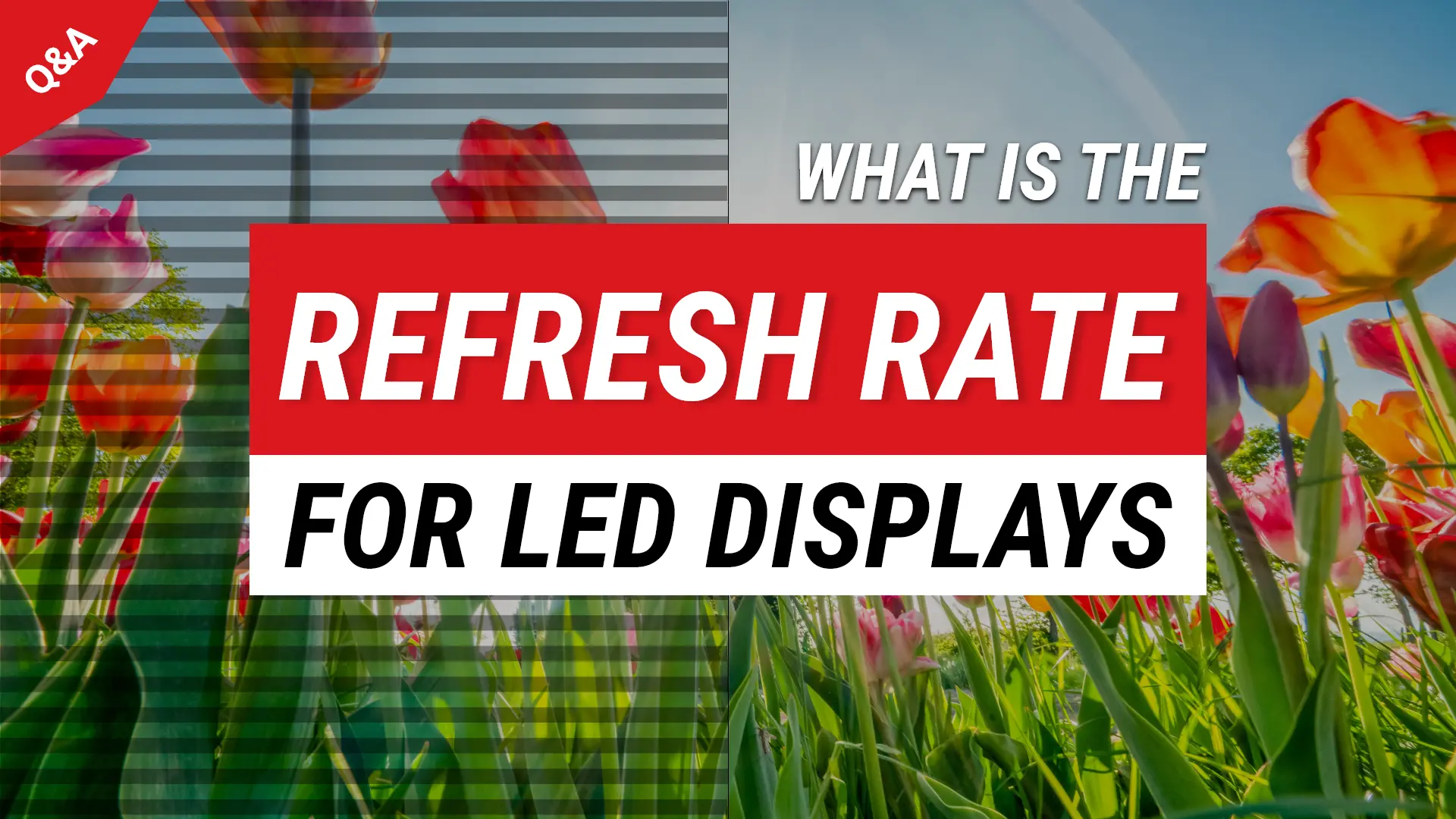
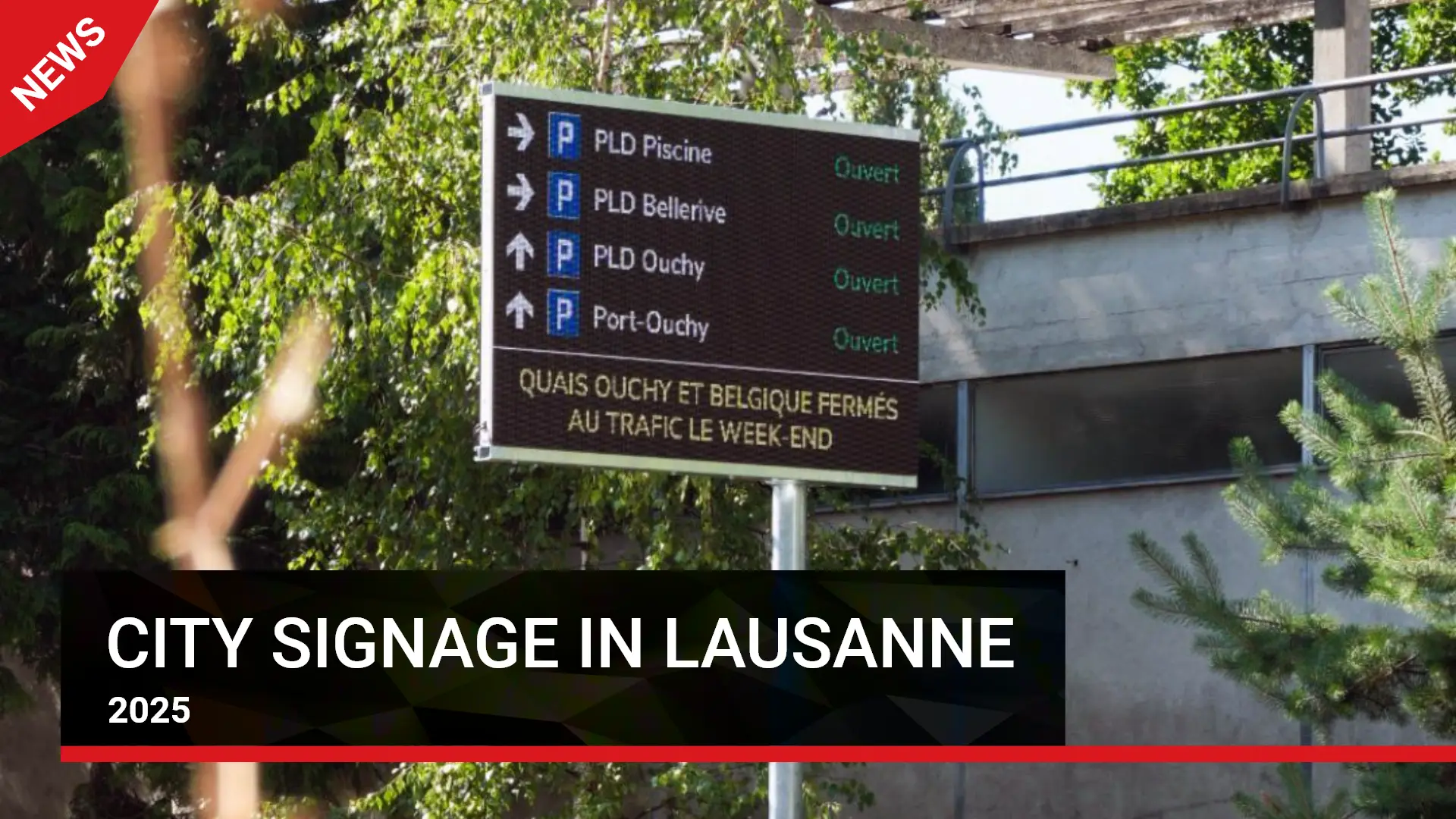

.webp)
.webp)

